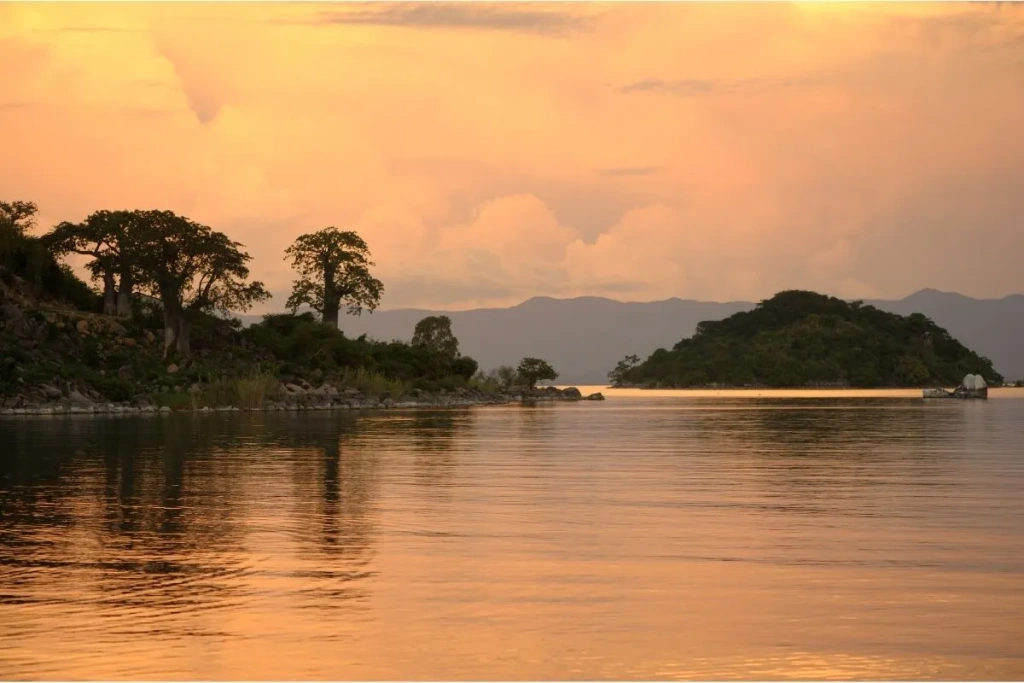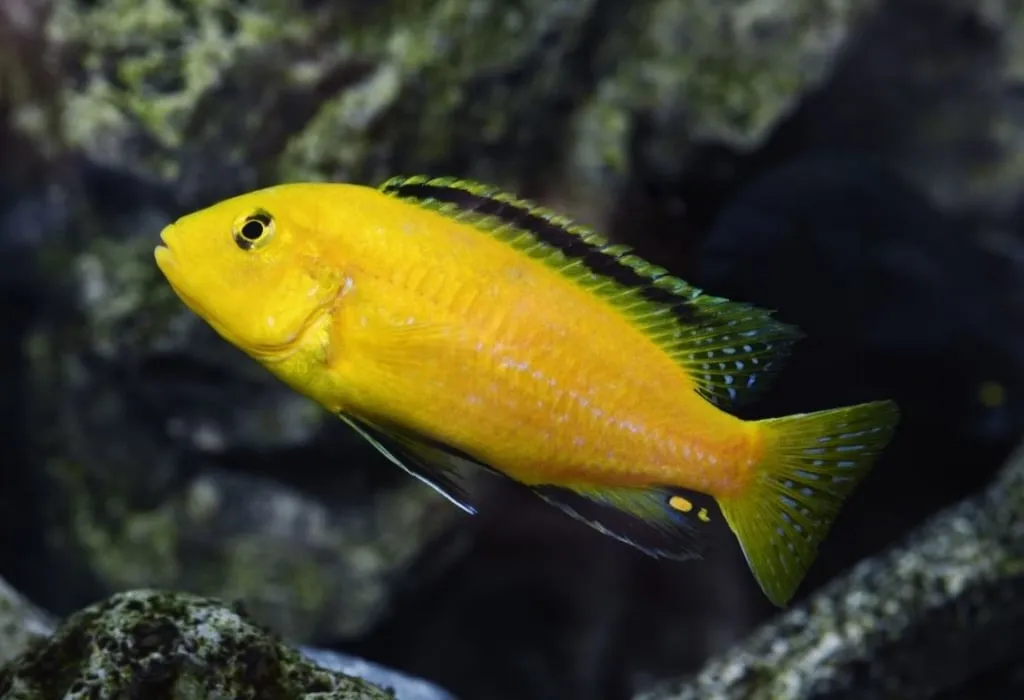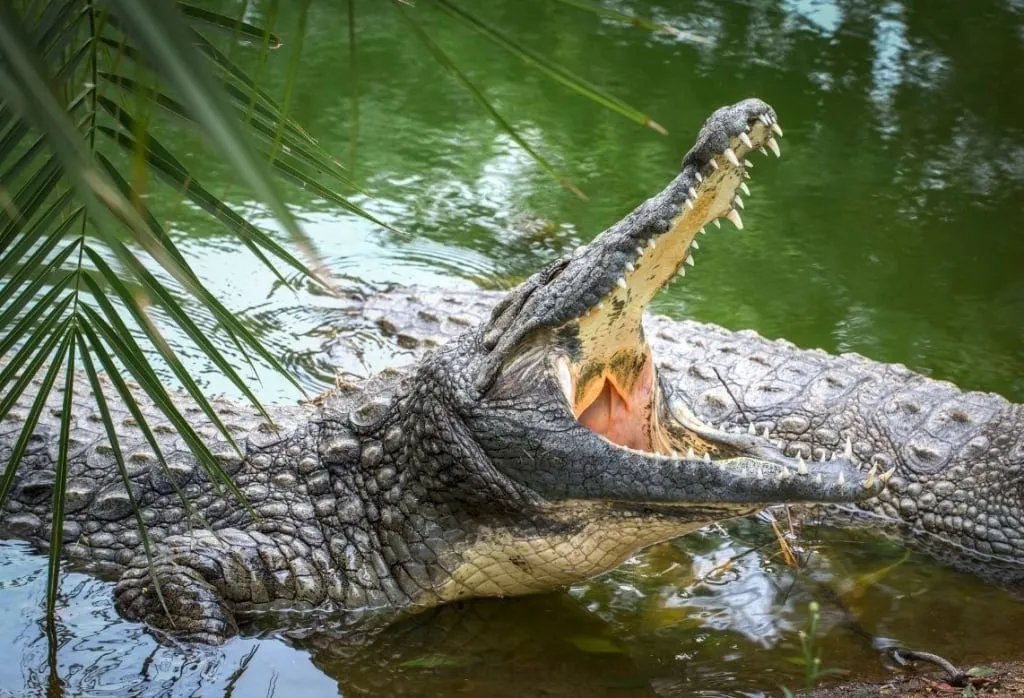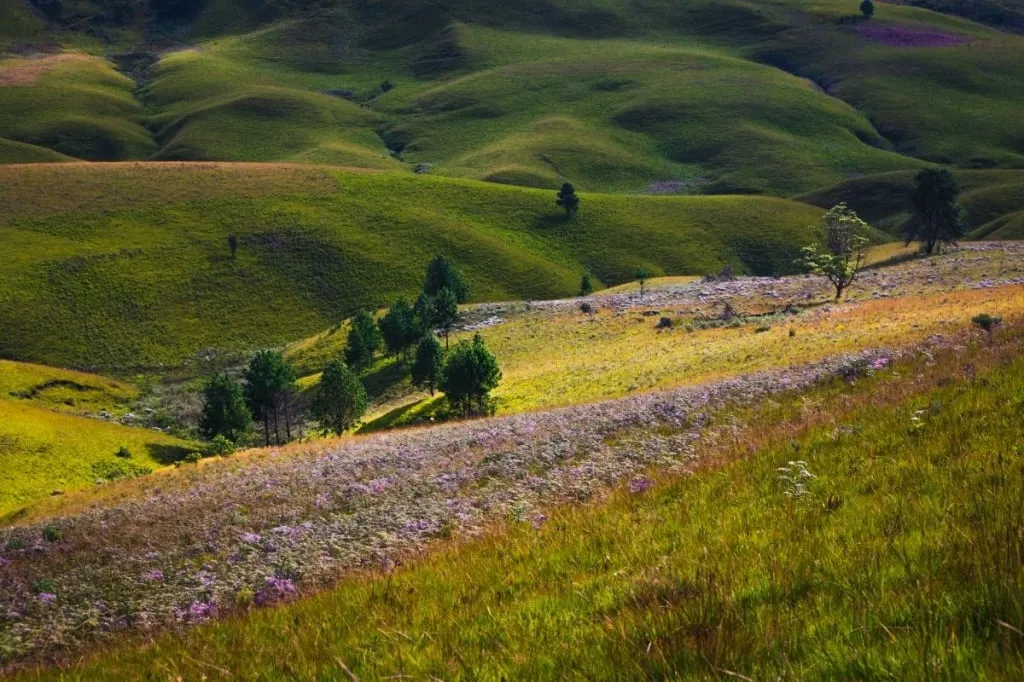One of the world's most remarkable lakes is located in the Great Rift Valley region of East Africa. This is where the earliest human history began. Is it true that this lake has the largest number of fish species in the world? Why does it have two names, Nyasa and Malawi? What is special about Lake Malawi? Is it safe to swim in Lake Malawi? This article will cover everything you need to know about this beautiful lake.
About Lake Malawi
Lake Malawi is one of the lakes of the famous The Great African Lakes include, in decreasing order of area: Victoria, Tanganyika, Nyasa, Turkana, Edward, Albert, and Kivu. All of them are located in the region of the Great Rift Valley. You can read about the largest of them, Victoria and Tanganyika, in our blog. This article focuses on the southernmost lake, located in the East African Rift system.
It’s commonly believed that Lake Malawi was formed about 2 million years ago as a result of volcanic activity. It is fed by several tributaries. Tanzanian Ruhuhu River, the Malawian Rukuru (South and North), Dwangwa, Lilongwe, Bua, and the Songwe which border these two countries. Only the Shire River flows out of the lake. It begins from the southern end of the lake and runs through Malawi and Mozambique. However, evaporation accounts for the majority of the water loss from the lake.
Lake Malawi ranks as the world's fifth-largest freshwater lake by volume and the ninth-largest by surface area. In Africa, it is the third-largest lake and the second-deepest. Its surface areais almost 30000 sq. km (11580 sq. mi). It is really huge, especially if you look at it from above. Malawi is at least 560 km (340 mi) long. This is about 100 km (60 mi) shorter than the longest freshwater lake in the world, LakeTanganyika. It is comparable to such gigantic lakes as Lake Michigan and Lake Baikal. The length of Lake Malawi can be compared to the distance between London and Edinburgh, or New York and Pittsburgh. Imagine that distance filled only with water!
The lake is shared by three countries: Tanzania, Malawi, and Mozambique. The first two have active disputes about the lake. Malawi owns most of the lake and believes that the border between the countries runs exactly along the shoreline. On the other hand, Tanzania is sure that the adjacent waters are also under its control. The disputes are mostly verbal among politicians. In reality, Tanzania has access to a quarter of all the waters of Lake Malawi and it is used by both nations.
If you hear about the African Lake Nyasa, know that this is simply another name for Lake Malawi.Just as the nation Malawi claims the greater part of the lake, they also refer to it as Lake Malawi. Interestingly, both the lake and the state were renamed in 1964. Before that, they were called Lake Nyasa and Nyasaland respectively. Such interdependence of names is typical for African toponymy. for example, mainland Tanzania was known as Tanganyika before independence. That name lives on in Lake Tanganyika. Read more about the amazing Lake Tanganyika in our article.
One of the unique features of Lake Nysa is that it is home to the largest number of fish species in the world. Many of those are endemic to the lake.
Fish species of Lake Malawi
Like other major lakes in East Africa, Lake Malawi is a natural treasure trove in terms of the diversity of fish species. Due to the specifics of their formation, these lakes have long existed as closed ecosystems. It means that the evolution there has taken place in isolation from all other aquatic systems. Thus, many new species have appeared that cannot be found elsewhere on the planet.
Modern estimates show that the lake is home to over 1,000 species of fish. The study of fauna is a relatively slow process. However, new species are discovered fairly regularly. In the scientific community, a new species is recorded about once a week here. Another noteworthy fact: according to scientists, among the cichlids, a new species forms naturally every 20 generations. Thus, some scientists assume that the total number of fish species here may exceed 2000!
The most attractive fish species are, of course, cichlids. They are called "motley perches" for their bright and diverse coloration. Aquarists worldwide seek these beautiful fish to place in their home aquariums where they can be admired and studied.
Lake Malawi cichlid species
According to recent estimates, Lake Malawi is home to at least 600 known cichlid species. Only about half of these have been studied. Other estimates suggest the overall number of species is close to 800. When you see this figure, it's hard to imagine that all of them evolved from a single species that once made its way there from the neighboring Lake Tanganyika.
Tilapia, utaka and mbuna
All local cichlids can be divided into three groups: tilapia, utaka, and mbuna. The last group is of the greatest interest because of its uniqueness and attractiveness. Tilapias are quite common in other parts of the world. They have managed to adapt to natural water bodies in Asia, and North and Latin America. You can find them even in Europe!
Utaka is a group of cichlid species whose name is loosely translated from local languages as “living in open water”. These fish are considered pelagic. That is, living away from the shore in the depths or near the surface. In contrast, bottom dwellers sift through the bottom sand and thus find their food composed of microorganisms. The utaka fishes feed on plankton or other small fish, so their food source is different.
Utaka young and females are typically rather dull-colored. This helps with survival as in open water they can themselves fall prey to larger predators. Adult male utaka can be quite colorful. That is how they got their other name – peacock cichlids. If you see a really large cichlid, it's likely an utaka.
"The most vivid and diverse are rightfully considered to be the cichlids of the mbuna group. If you have aquarium enthusiasts among your acquaintances, conduct an experiment. Say the word 'mbuna' and observe how they smile and begin to emotionally talk about the extraordinary beauty and interesting habits of these colorful fish.
The word "mbuna" itself means something like "inhabitant of rocks, stones." These fish are so bright and eye-catching that they have to hide under stones near coastal rocks to stay safe. They feed mainly on algae formed on large rocks. A minor part of their diet consists of small crustaceans and plankton.
The most beautiful and popular representatives of mbuna species cichlids are pseudotropheus, melanochromis, and labidochromis. They all have names that are difficult to pronounce, but they look terrific! Blue, yellow, gold, light blue, and black colors in different combinations give a mosaic picture. Their coloring comes in the form of spots of different shapes and sizes, or oblong stripes throughout the whole body. Lake Malawi is genuinely the grand natural aquarium of Africa!
Listed below are just a sample of the separate species found within these waters:
- Hump-head (Cyrtocara moorii);
- Venustus hap, or giraffe hap (Nimbochromis venustus);
- Eureka red peacock (Aulonocara jacobfreibergi);
- Nkhomo-benga peacock (Aulonocara baenschi);
- Flavescent peacock (Aulonocara stuartgranti);
- Red Zebra mbuna (Maylandia estherae);
- Lemon yellow lab (Labidochromis caeruleus).
This is just a short list of the many species of beautiful fish found by the hundreds in Lake Nyasa. In fact, even scientists do not immediately understand the classification of Malawian cichlids, so there is even a special group of fish into which poorly-studied and not yet classified species are temporarily added.
Survavial behavior or cichlids
Lake Malawi's cichlid fishes have remarkable features that help them survive in such a densely populated environment: female cichlids hatch eggs right in their mouths to protect them from predators. Sometimes the mother opens her mouth after the babies have hatched to offer protection if the spawn is in danger. Such is the power of the parental instinct. The fact that individual shoals protect their habitat is also interesting. They guard a spherical area and do not allow other groups to penetrate it. Most often, the mbuna fish fence off the predatory representatives of the utaka group. The same applies to individual males during the breeding season. They prevent the competitors from entering their territory.
We have already said that almost all species here are considered native and endemic to Lake Nyasa. That is, they were formed in this body of water and live only here, not moving to other habitats. What is even more surprising is that individual species have secured certain small locations for themselves, such as bays. Only researchers who are well-versed in this "fish geography" know which species can be found in which part of the lake.
Other Fish of Lake Malawi
It is the native species of cichlids that make this African great lake so well-known. But many other fishes live in the lake as well. One interesting species is the African sharptooth catfish which has an elongated eel-like body. Mastacembelus fishes have even longer bodies. At first glance, it makes them appear like snakes. They can be up to one meter long.
A very unusual fish is the freshwater elephantfish (Mormyridae). They have elongated snouts resembling the trunk of an elephant, hence their name. Using their snouts, these fish drill through the silt at the bottom of the lake to find food. They also have a curious superpower. With the help of their strong muscles, they create a weak electric field, which helps them navigate in the muddy bottom waters and find food, as well as detect dangerous predators. Cool, right?
Other fish found in Lake Nyasa include:barbus (aka barbel), dotted synodontis and the redtail shark minnow, which is popular among aquarists. There are also many other non-cichlid species which are also species endemic to the waters of Lake Nyasa.
Other creatures around Lake Malawi
You’re sure to see many other animals thriving along the shores of Lake Malawi. The abundance of fish in this water body attracts many African fish eagles who feast on the plentiful fish populations. The African fish eagle can sit in the trees for long periods looking for shoals of larger fish and then dive and snatch their prey out of the water with their sharp claws. There are so many African fish eagles on Lake Malawi that one of the neighboring countries, Malawi, has added the image of this bird on its coat of arms.
But, fish aren't the only thing the eagles eat. They also hunt other smaller birds, snakes, and even small turtles and crocodiles. Among birds around the lake, there are also cormorants and hamerkops, among many other species.
In terms of reptiles, there are many Nile crocodiles in Lake Malawi. And if you’re hoping to spot larger mammals, you will probably encounter hippos, antelopes, and baboons in the area. Hyraxes or dassies also live by the shores of the lake. Most of the animals live in the Lake Malawi National Park, inside of the country Malawi.
The lake is home to another interesting creature worth mentioning. These are the so-called phantom midges or lake flies. They spend most of their lives as larvae at the bottom of the lake in shallow waters. The adult larvae rise to the surface, pupate, and take off en masse, creating the effect of smoke clouds above the water. If one is unaware of this feature of Lake Nyasa, from a distance, this phenomenon can indeed be mistaken for strange smoke, rising hundreds of meters above the water and obscuring the sky.
Both larvae and flies are an important part of the food chain in the lake's ecosystem. They pose no danger to humans. Moreover, locals catch these flies to make protein-rich meals. Other insects from the area that are used as a human food source are compressed midges (the main ingredient in kunga cakes, or simply kungu). They are also used to make patties or burgers, and the prepared dish can be dried to later be grated into stews. To simplify the process, a pan is greased with oil and, by waving it through the air within a flying swarm of flies, the main ingredient for making kungu is collected.
Lake Malawi needs help
Like many regions in Africa, the ecosystem of Lake Malawi faces issues related to ecology and the biodiversity of wildlife. For example, the fish for which this African lake is so famous are becoming fewer and fewer. This is indirectly and directly influenced by human activity.
Over the past 20 years, the human population on the Malawian shore of the lake has doubled. First of all, this means that fishing has also increased. The fact is that the same cichlids we so admire for their beauty are caught not only for sale as decorative aquarium species but also for consumption as food by local people. Second, there is increasing agricultural pressure on Lake Nyasa's aquatic system, resulting in the depletion of natural resources.
The most densely populated lands are those on the southwest shore of the lake, on the territory of the country of Malawi. Cultivation of land in the lake basin typically leads to soil erosion. As a consequence, various sediments fall into the waters of Lake Nyasa, preventing sunlight from penetrating through the water column. The lake's flora is becoming scarce, which means that the herbivorous fish have less food and their population is dwindling. This can also lead to a decrease in the number of predators.
Many species of unique endemic fish are on the verge of extinction, such as the Ntchila. The population of the much-loved Chambo has also declined dramatically. Biologists are working with the authorities on programs to protect the region's biodiversity. Still, two factors are interfering: the high rate of population and agricultural growth, and a lack of coordination among the governments of the three countries that own the waters of Lake Nyasa: Malawi, Tanzania, and Mozambique.
There are also global threats to the lake region. The water level in the lake is dropping due to evaporation. In turn, this negatively affects the climate of the entire area of Lake Malawi basin. There is a gradual increase in temperature in the regions adjacent to Lake Nyasa, likely due to climate change.
Things to do on Lake Malawi
From a tourism perspective, Lake Nyasa is not as popular as its northern neighbors - Lake Victoria and Lake Tanganyika. Nevertheless, nature and wildlife enthusiasts will find plenty to do here. The lake itself and its surroundings are home to an astonishing variety of interesting fish, birds, large and small animals, which can be observed. On the Malawian side, on the southern peninsula, there is a fairly large national park - Lake Malawi National Park, designated as a UNESCO World Heritage Site. It includes both a water zone and a significant land area, where, in addition to the animals already listed, leopards live. There are also other protected areas in various parts of the lake. For example, Liwonde National Park.
On the Tanzanian side, less than 50 kilometers north of the lake, lies the country's 'most floral' national park - Kitulo, poetically called the Garden of the Gods. Its main attraction is the luxurious meadows, completely covered with flowers, primarily orchids, as well as lobelias, lilies, asters, aloes, geraniums, and others. In total, there are 350 species of plants.
The abundance of plants in Kitulo attracts many beautiful butterflies and other insects. This, in turn, contributes to the number of lizards, chameleons, frogs, and various birds which reside in the park, too. Part of the park is composed of woodlands: Livingston and Ndumbi. In Ndumbi there is a 100-meter-high waterfall to explore, as well.
As for water activities on Lake Malawi itself, you can go snorkeling and diving. Since the colorful mbuna fish swim in the lake within a hundred meters from the shore, you do not even need to dive to great depths to see this vivid underwater world of the heart of Africa.
Other leisure activities on the lake include boat rides and fishing. Moreover, both activities can be combined. Additionally, one can simply swim in the lake. Judging by the number of records periodically set by swimmers from around the world, this activity is quite popular.
The most unusual record was set in April 2019 by Martin Hobbs. He swam the entire length of Lake Malawi, breaking his route into sections. To cross the lake from one end to the other (which is about 570 km/ 354 mi), Martin took 54 days. Each day, the determined swimmer tried to cover about 11 kilometers, although it was not always possible - sometimes bad weather interfered, and once he was caught in a tornado. He was also hindered by fear of crocodiles, but fortunately, they are only found on the coast and not everywhere.
We do not recommend repeating this crazy feat of Martin Hobbs, but we definitely recommend visiting Malawi and seeing this unique natural wonder with its beautiful nature and diverse bioworld with your own eyes.




















